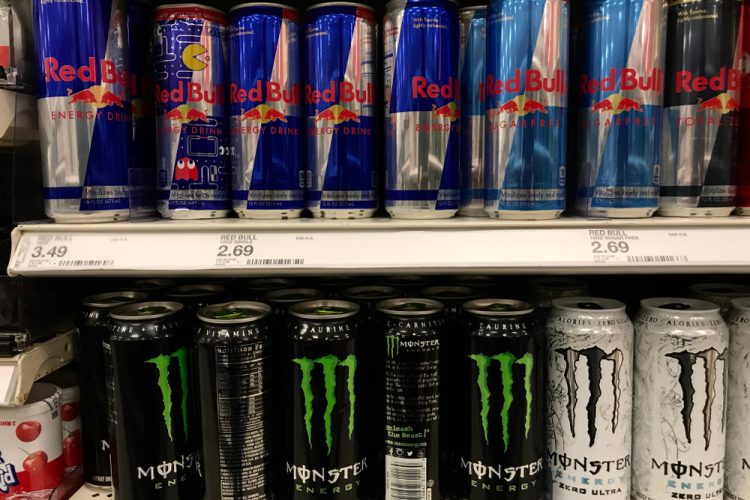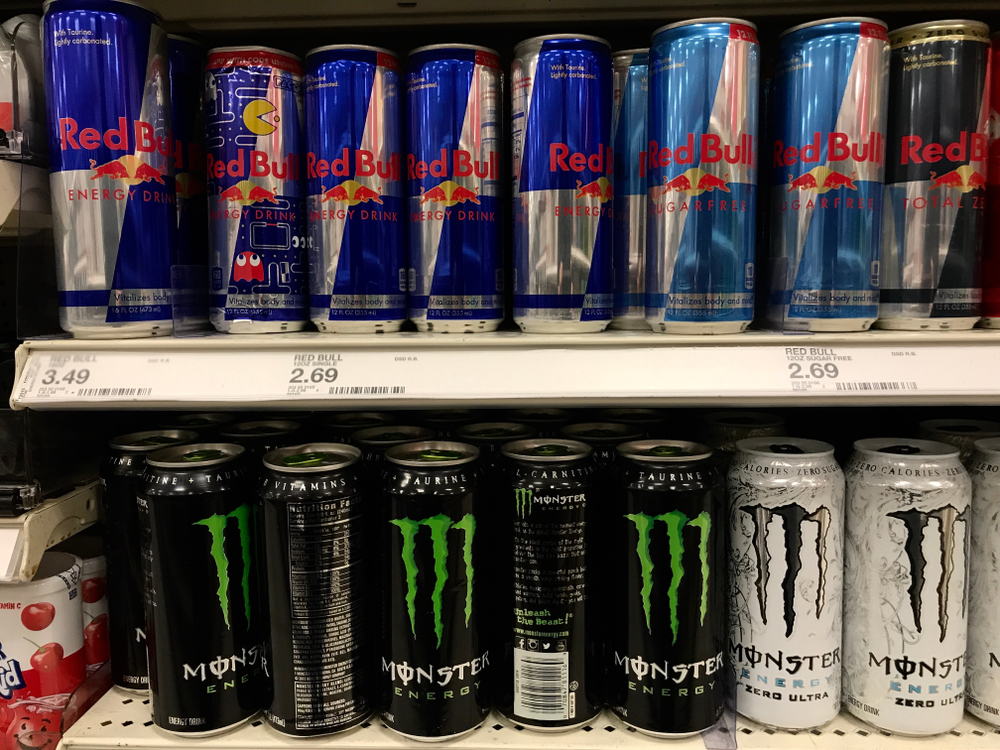UK doctors warn that heavy energy drink consumption may increase stroke and cardiovascular disease risk, following a BMJ case involving extreme daily caffeine intake.

A daily habit of multiple high-caffeine energy drinks may…

UK doctors warn that heavy energy drink consumption may increase stroke and cardiovascular disease risk, following a BMJ case involving extreme daily caffeine intake.

A daily habit of multiple high-caffeine energy drinks may…